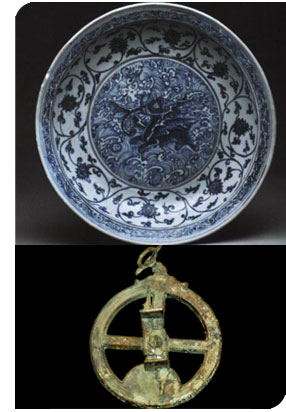| SIGN IN |
 |
| HOME | ABOUT | CALENDAR | | MEMBERSHIP | PHOTOS | DATABASE | LINKS | CONTACT |
 Philippine Archeological Treasures, Part 2 Philippine Archeological Treasures, Part 2by Ping Bayani May 2016
Archeology is the study of human history and prehistory through the excavation of sites and the analysis of artifacts and other physical remains. In this issue, we start a series of such historical finds unearthed from Philippines past, items now declared National Cultural Treasures. |